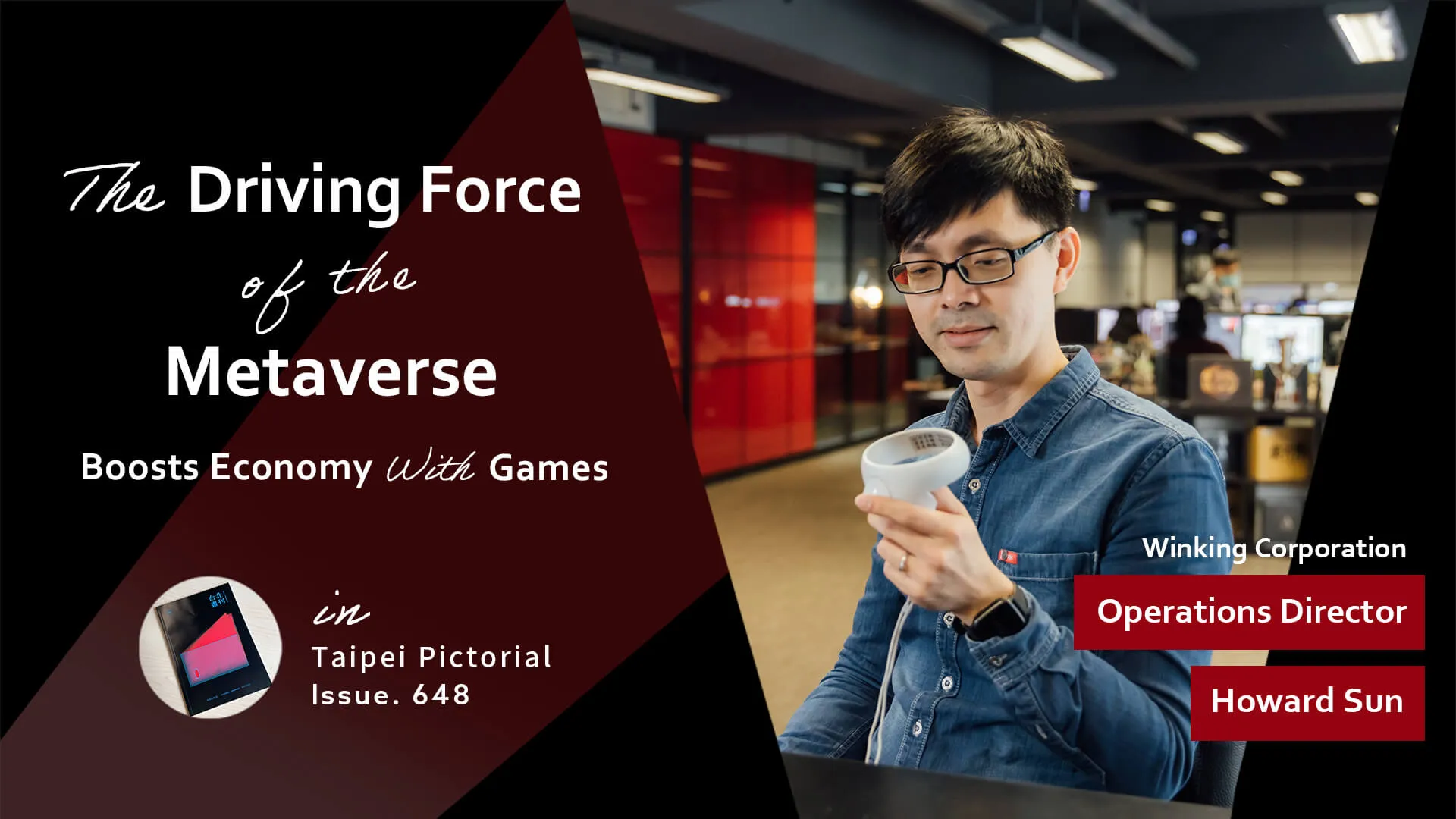In the late ‘70s and ‘80s, from home consoles and arcade machines to first handhelds, memory, resolution, and processing power were extremely limited. As a result, visuals built from pixels became the primary creative language of games—conveying characters, environments, and actions clearly with minimal information.
As technology advanced, modern hardware has long surpassed those early technical limitations, and highly detailed, realistic, or even hyper-realistic art styles have become mainstream. Yet, pixel art continues to shine across games—not as a compromise imposed by limitations, but as a deliberate “nostalgic language” chosen by players, carrying emotional memories of the past while inspiring new aesthetic possibilities.
Winking Studios has long been active in the global game art outsourcing market, building extensive experience and expertise in pixel art. In this interview, we invited 2D Animation Director Jill and Business Development Lead for Europe and North America, Jocelyn, to discuss this “nostalgic yet timeless” art form, how it emerged from limitations, and how it continues to thrive in contemporary games.
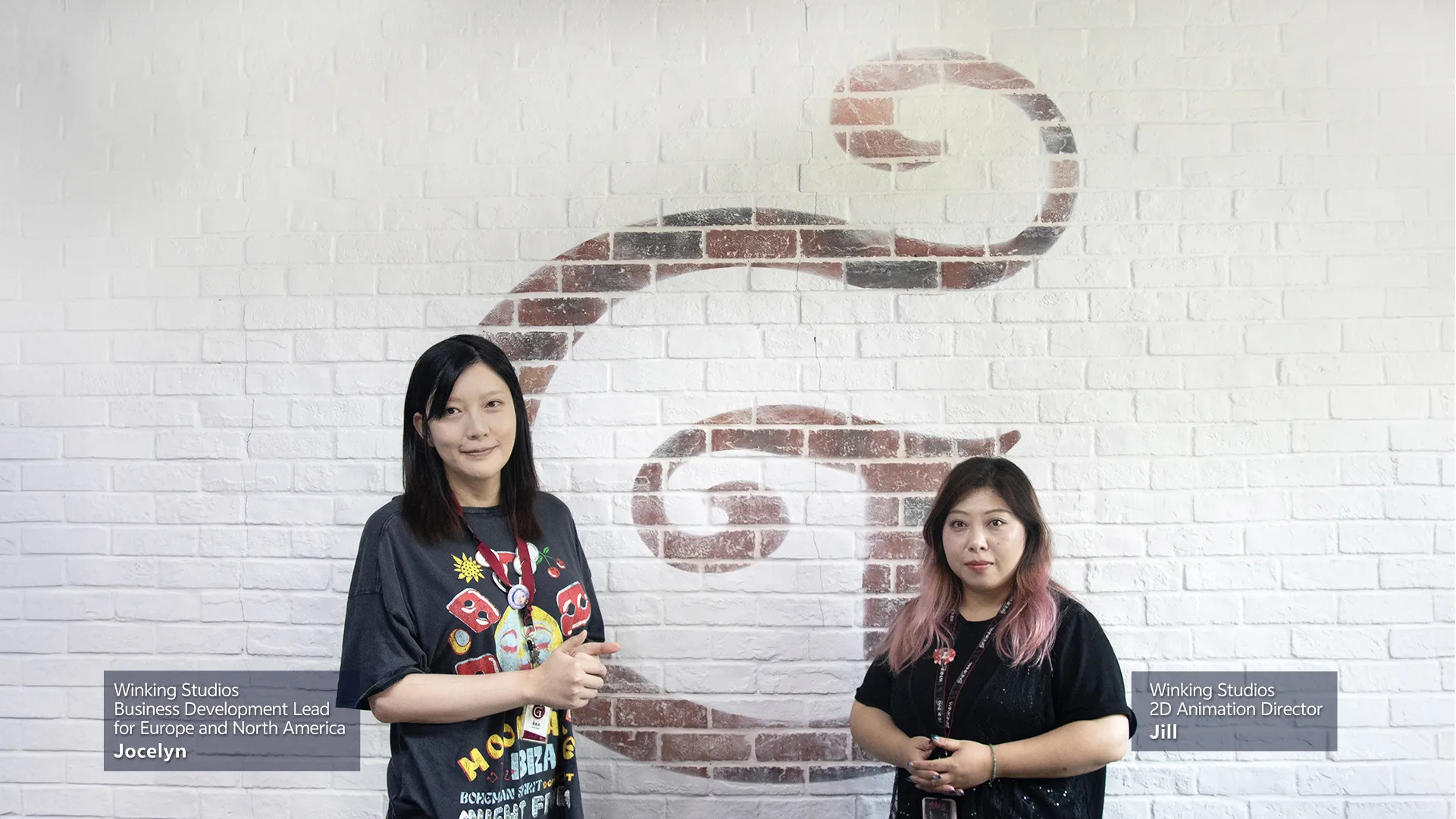
The Unique Appeal of Pixel Art and Industry Trends
In today’s industry, where AAA titles dominate the market with high-fidelity visuals, pixel art still holds a place of significance. Beyond technical expertise and cost considerations, pixel art enhances gameplay expression: in a landscape of realism, its strategic “visual gaps” allow players to imagine and complete the scene themselves, shifting the focus from realism to design and creativity.
Jill, with 21 years of experience in pixel art production, notes:
“Breaking free from hardware limitations opens up more possibilities for pixel art today. For example, Square Enix’s HD-2D pixel technique is a modern innovation that blends traditional pixel art with contemporary rendering for a distinctive visual experience. Pixel art is also cost-effective, and after years of accumulated experience, the industry knows how to leverage pixels to best express content. Often, it’s gameplay and design that truly attract players—not merely visual ‘fidelity.’”
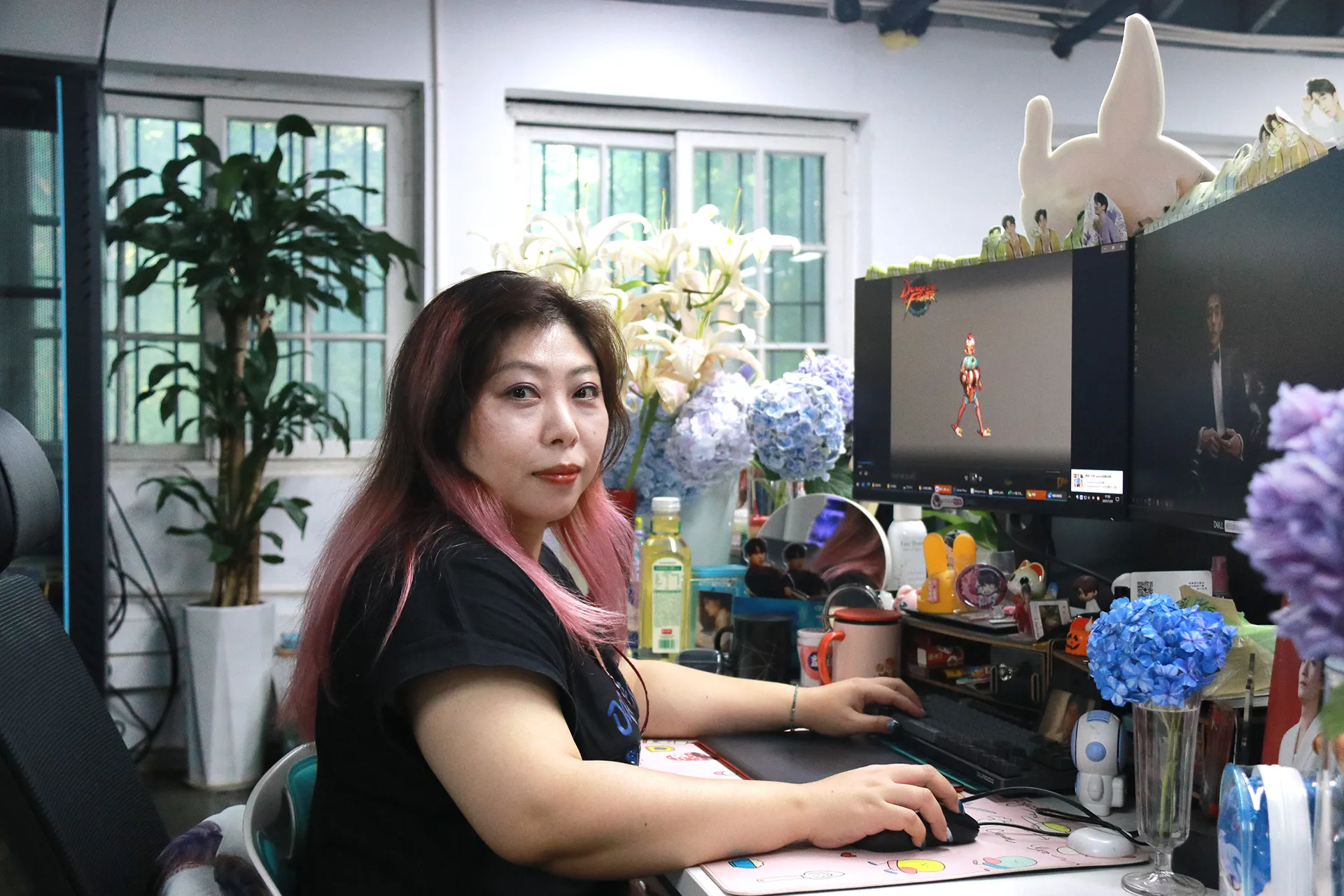
Winking Studios’ Pixel Journey
Winking Studios has been exploring pixel art for years. Beginning with the in-house game series Heroine Anthem, the studio honed its approach to pixel visuals. Later, in Heroine Anthem ZERO, the introduction of skeletal animation allowed for breakthroughs in production methods, shortening the traditionally labor-intensive frame-by-frame pixel animation process.
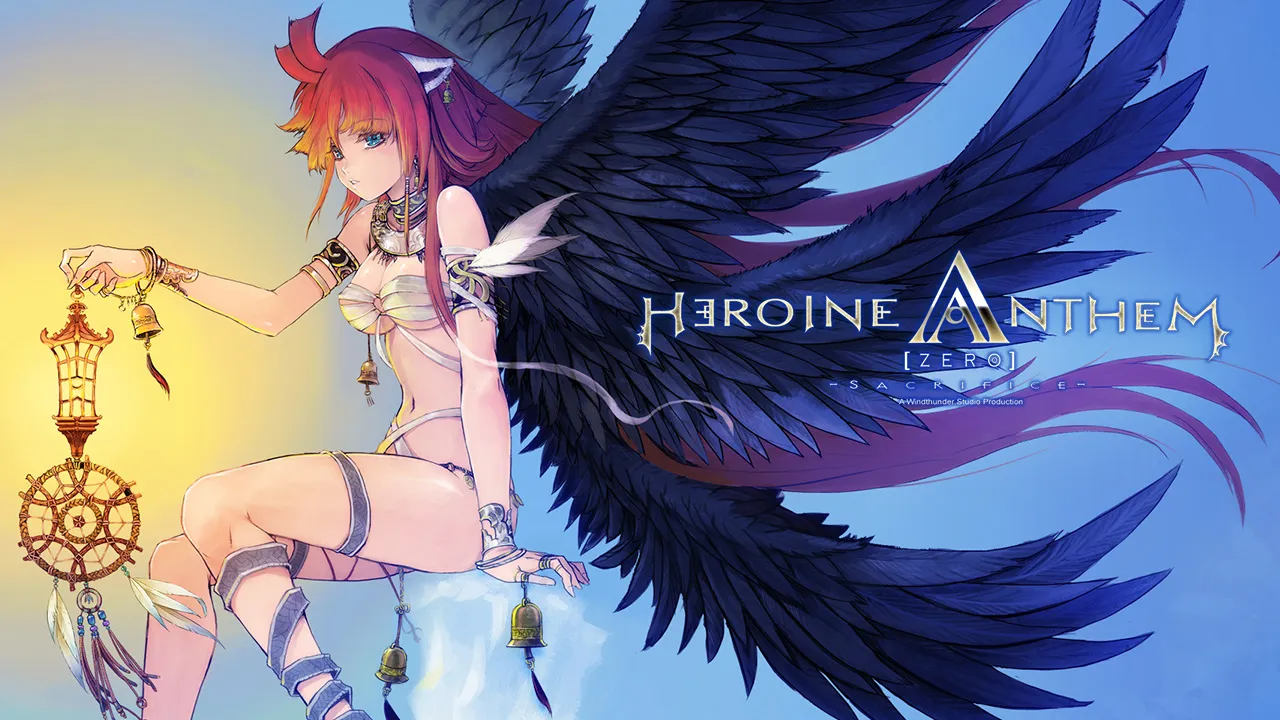
In traditional pixel style, Winking independently developed the 2D side-scroller Tales of Heros, handling all character designs, animations, and weapon animations in pixel art. Since 2008, Winking has collaborated with the classic side-scroller Dungeon & Fighter, providing art for most of the mid-to-high-level equipment and supporting mobile adaptation. This 17-year-long partnership demonstrates the studio’s reliability as a trusted creative partner.
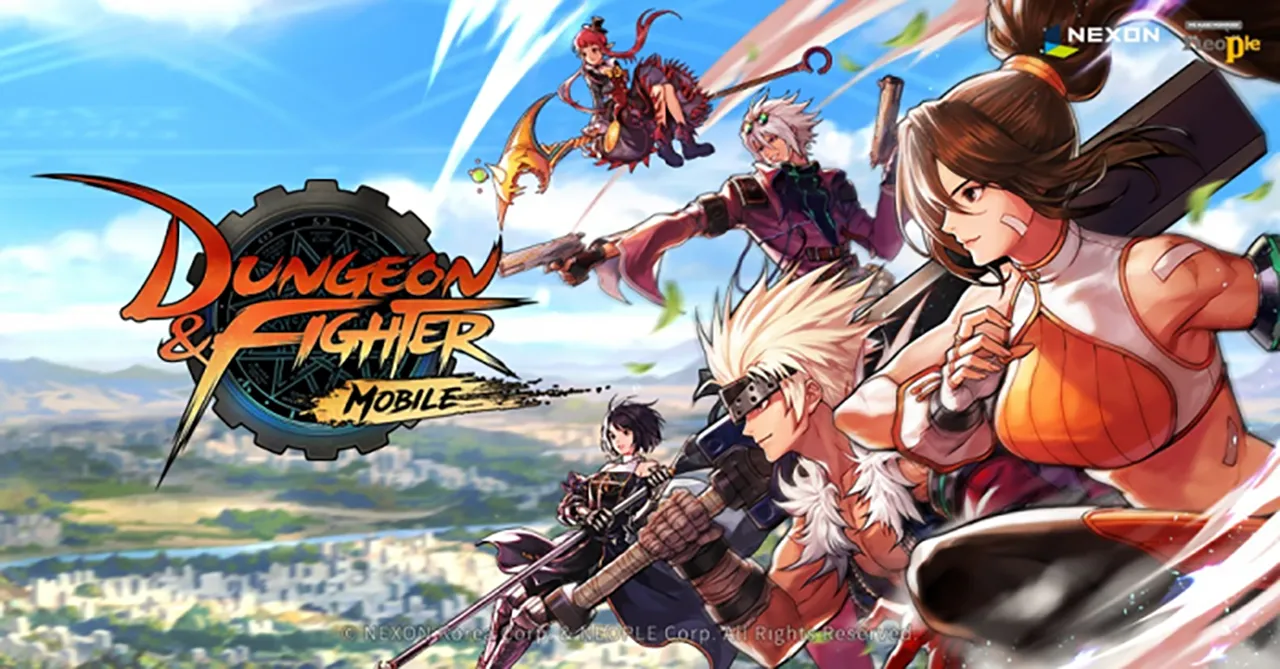
Jocelyn, overseeing business development in Europe and the US, highlights Winking’s competitive edge:
“Winking’s pixel art team is rare in the market, both in terms of artistic skill and manpower.”
Within the team, pixel artists collaborate closely with other art departments. Jill explains:
“We work with 2D concept artists, turning their initial character or equipment sketches into pixel art and completing the animations. Pixel art is virtually platform-agnostic because files are small, making engine integration simple and low-risk.”
Discussing common misconceptions, Jill adds:
“Pixel art may appear small, but it’s far from simple. Every pixel must convey character traits, weapon textures, lighting, and shading. Even a change of one or two pixels can make a big difference.”
She also notes:
“Unlike other concept art, which can improve visuals by adding more detail, pixel art relies on simplifying details.”
“Pixel style is essentially about concise abstraction. Sometimes only 5–6 fixed colors are allowed for a palette, and artists must distill details within limited pixels to convey volume and light.”

The Future of Pixel Art
From early technical compromises to today’s stylistic choices, pixel art has become a unique and enduring part of the gaming language. In indie games, retro-inspired projects, and even hybrid 2D/3D gameplay, it continues to hold irreplaceable appeal.
Jill sees the greatest challenge as stylization, since pixel art doesn’t compete with AAA games on sheer graphical fidelity but instead must create unique visual vocabulary within limited pixels. Winking’s strategy is to continually update production tools, expand art style libraries, and cultivate new talent through a complete internal training system, ensuring the team remains adaptable to market changes.
Jocelyn adds:
“Pixel art will continue to thrive in indie and niche games, but its role will become more versatile, potentially appearing in special stages, narrative sequences, or blending with realistic or 3D environments to create fresh visual experiences.”
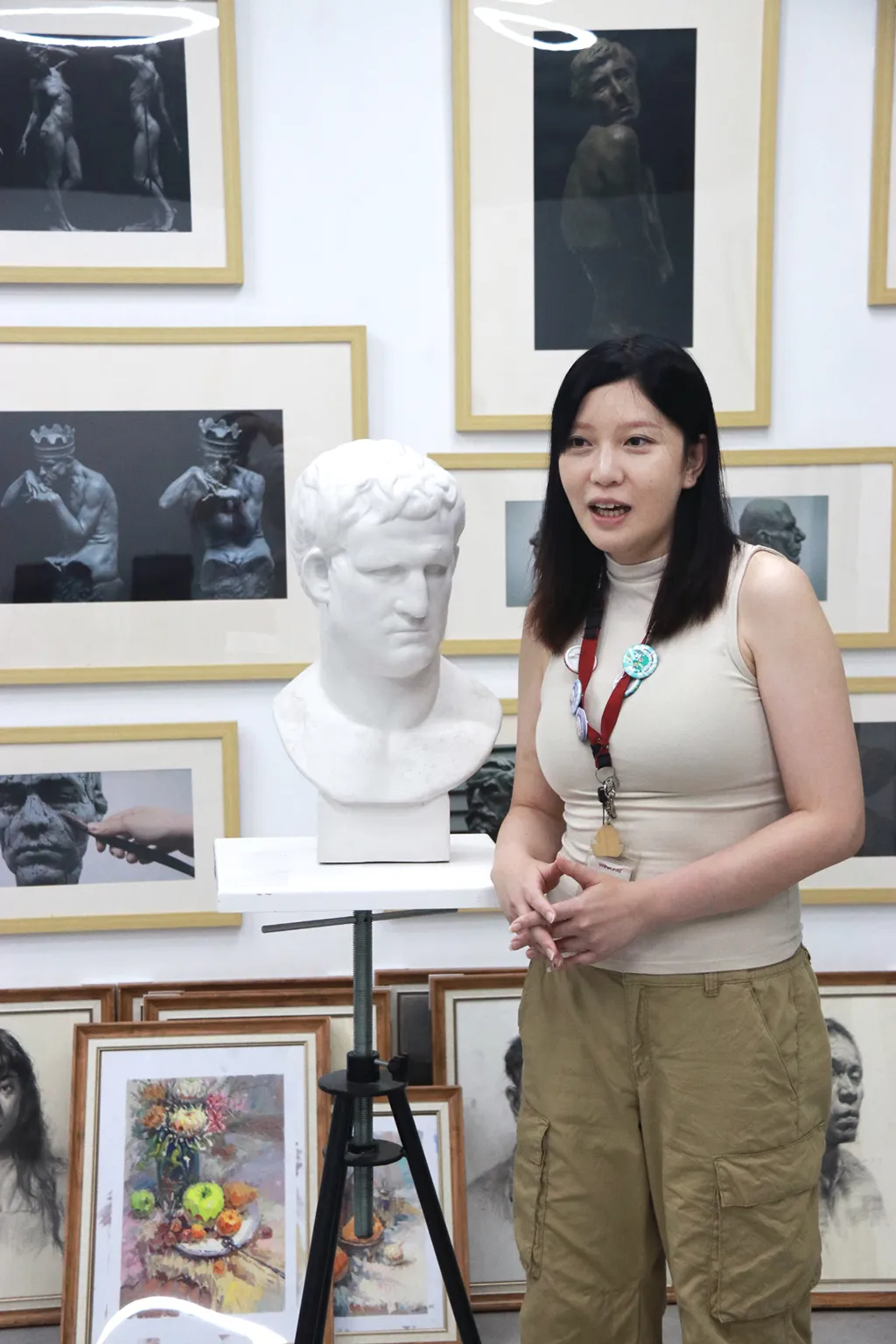
For Winking, pixel art is not only about nostalgia or style, but also about using the simplest visuals to deliver the purest gaming joy. The journey from Heroine Anthem to Dungeon & Fighter will continue into the next decade, creating pixel worlds full of detail and emotion for players around the globe.


